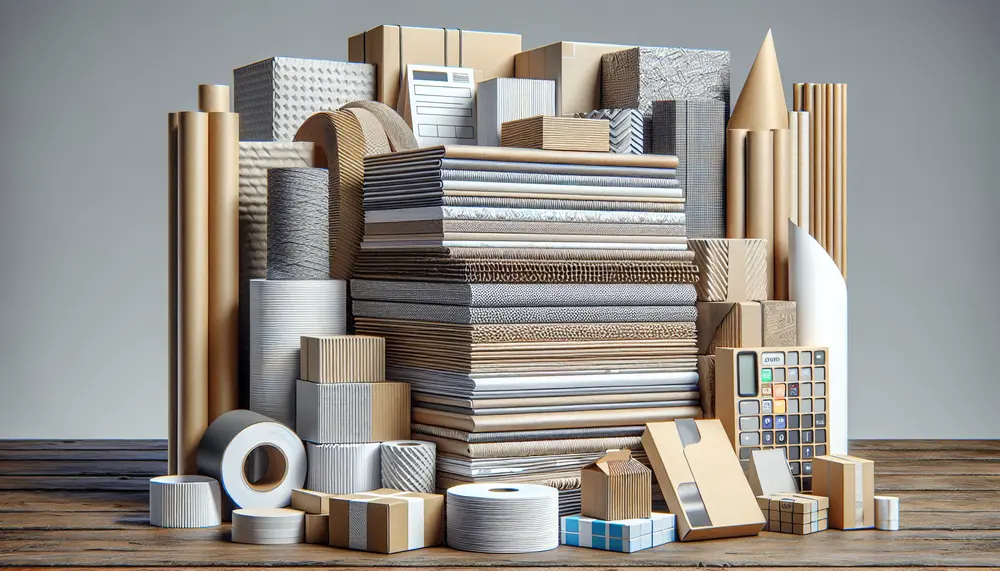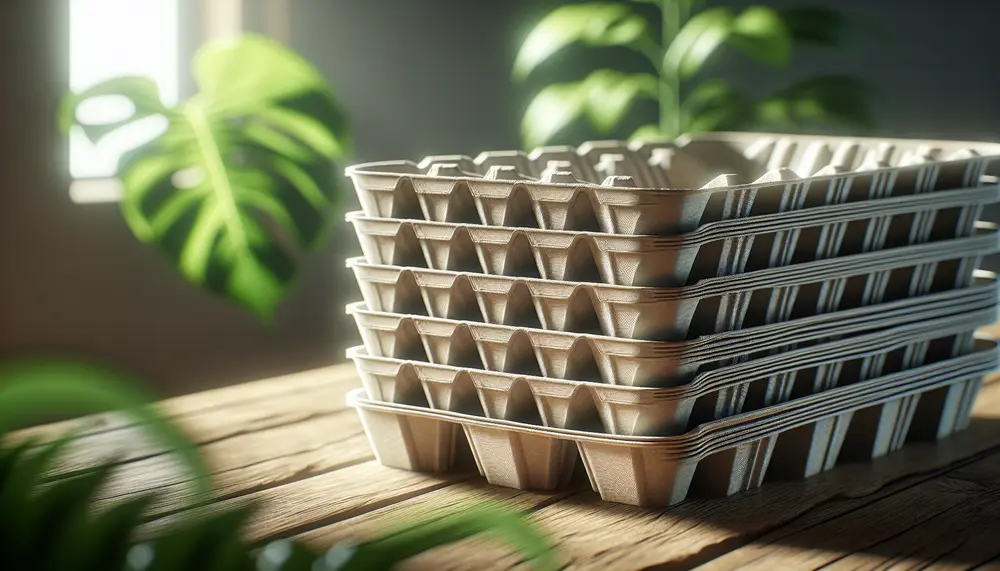Non-degradable
Non-degradable
Non-degradable
In the world of packaging, the term non-degradable refers to materials that do not break down naturally over time. These materials can persist in the environment for many years, posing challenges for waste management and environmental health.
Why Non-degradable Materials Matter
Non-degradable packaging materials are often used because they are durable and cost-effective. However, their longevity means they can accumulate in landfills and oceans, leading to pollution and harm to wildlife. Understanding the impact of non-degradable materials is crucial for making informed packaging choices.
Common Non-degradable Materials
Some common examples of non-degradable packaging materials include certain plastics, metals, and glass. These materials do not decompose through natural processes, making them persistent in the environment. For instance, a plastic bottle can take hundreds of years to break down.
Alternatives to Non-degradable Packaging
To reduce environmental impact, many companies are exploring alternatives to non-degradable packaging. Options include biodegradable materials, recyclable packaging, and reusable containers. These alternatives can help minimize waste and promote sustainability.
Conclusion
Understanding non-degradable materials in packaging is essential for making eco-friendly choices. By opting for sustainable alternatives, we can reduce pollution and protect our planet for future generations.
Blog Posts with the term: Non-degradable

Duplex paper is a two-layered packaging material known for its printability and structural integrity, widely used across industries due to its visual appeal and sturdiness. It's also eco-friendly, being recyclable and often made from sustainable sources. Advancements in duplex paper manufacturing...

Pharmaceutical packaging is essential for maintaining the safety, integrity, and effectiveness of medications by protecting them from contamination, degradation, and tampering while ensuring they remain effective throughout their shelf life. It involves using various materials like glass, plastics, metals, and...

The article emphasizes the importance of choosing the right packaging bags for products, highlighting their role in product protection, marketing, branding and environmental sustainability. It discusses various types of packaging bags and factors to consider when selecting them such as...

Paper trays are an eco-friendly alternative to traditional serving materials, being biodegradable and often produced from sustainably managed forests, which reduces waste in landfills and has a lower carbon footprint. They support circular economy principles by encouraging recycling and responsible...
